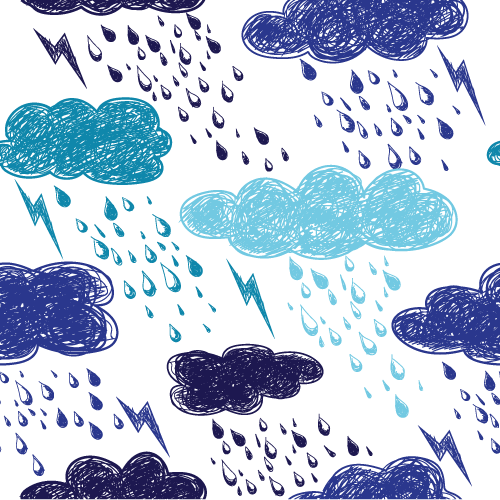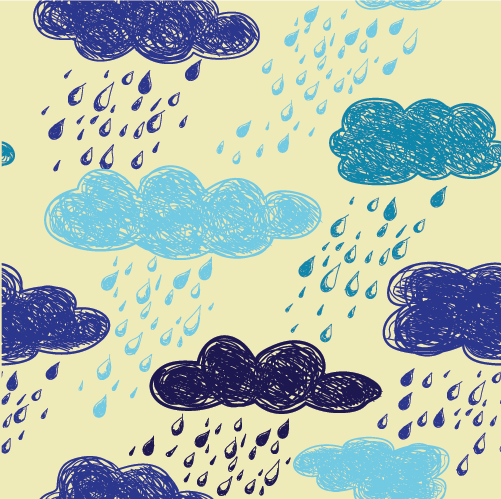Y4. Lesson 6. Present Fa
Prior learning: None
Duration: 30 minutes
Materials: Woodblocks or claves
Keywords: Beat, rhythm, singing, chanting, partners, rhymes, circle games.
Difficulty: ![]()
Prepare
Present
Fa
Practise

- Fa is the fourth scale degree in the Kodaly system. For instance, "fa" would correspond to the note F in the key of C.
- In terms of harmonic function, "fa" often plays a role in moving towards "so" (the fifth scale degree), which is a common progression in Western music.
 Melodic development
Melodic development
![]() Students are presented with the new note, fa.
Students are presented with the new note, fa.
- To present the fourth note of the major scale, it is helpful to have a piano available or project the keyboard's image.
- Students will be familiar with the concept of steps and skips. Now, they are presented with the concept of a half-step.
- Play or sing the first three notes of the F major scale in solfa and indicate the notes.
- Ask how many steps there were [2]
- The class should sing back these three notes in solfa.
- Sing the first five notes of the F major scale in solfa but use a neutral syllable such as 'loo' instead of fa.
- The class should sing back do, re, me, 'loo', so.
- Ask if the pitches move in steps or skips [steps]
- Ask if each pair of steps is the same or different [3 & 4 is smaller]
- Teach that steps can be whole steps or half steps. The step between the third and fourth note is a half step.
- Point to the keyboard's black note [Bb] to visually show this half-step.
- Teach this new note is called fa and is a half step from mi and a whole step from so.
 Rhythmic development
Rhythmic development
![]() Students clap and sing the rhythm syllables to Old Brass Wagon.
Students clap and sing the rhythm syllables to Old Brass Wagon.
- Students are in a circle.
- They will clap and sing the time names to Old Brass Wagon.
- Because clapping the syllable tika-tika is slightly more challenging, demonstrate how to hold one hand still and clap with the other, allowing for a faster response.
 Creative movement
Creative movement
![]() Students use creative expression to demonstrate a range of dynamics.
Students use creative expression to demonstrate a range of dynamics.


- Gather students in a circle and introduce the goal: to mimic the build-up of a rainstorm using only hand movements.
- Explain that each movement will ripple around the circle, starting with the leader (either the teacher or a chosen student) and passing to the person on their right. The movement continues around the circle to create a wave-like effect of sound.
- Once the movement circles back to the leader, they'll initiate the next movement, creating another wave.
- Encourage students to pay attention to the person on their left rather than focusing solely on the leader.
Steps for the Rainstorm Activity:
1. Rub hands together softly (pianissimo, representing the gentle wind).
2. Gently tap one finger against the palm of your hand (pianissimo, simulating the first few raindrops).
3. Tap all four fingers on the palm (piano, representing increasing rain).
4. Clap hands vigorously (forte; the storm intensifies).
5. Slap the floor or your thighs (fortissimo; thunder roars).
6. After reaching a loud crescendo, reverse all the movements, decreasing in intensity to show the storm subsiding, ending with the soft rubbing of hands.
7. Gradually cease all movements, leading to complete silence.
- Reflection:
After the activity, discuss with the group whether they felt they successfully created the sound and ambience of a rainstorm using different dynamics. - If time permits, ask students to draw the rain storm.
 Listening
Listening
![]() Students identify the name of a new note called fa.
Students identify the name of a new note called fa.
- Project the score on the board.
- Lead the class in singing the song while pointing at the notes.
- Direct the students to the third measure, which contains a new note marked in red.
- Teach that this note is called fa and demonstrate the hand sign.

- Teach that it is a half-step from mi and a whole step below so.
- Sing the scale from do to so and use hand signs if they are in your teaching method. Students should then repeat after you.
 Visual learning
Visual learning
![]() Students write in their notebooks where fa is found.
Students write in their notebooks where fa is found.
- Project the worksheet.
- Ask students to copy the empty note circles in their notebooks.
- Students should then fill in the note names.
 Instruments
Instruments
![]() Students
Students
 Part work
Part work
![]() Students sing and clap a rhythmic ostinato to a known song.
Students sing and clap a rhythmic ostinato to a known song.
- Lead the class in singing the song.
- When secure, demonstrate a clapped ostinato pattern, such as ta, ta, ta, za or ti-ti ta, ti-ti ta.
- Have the class clap the chosen pattern as you sing.
- The class should then sing and clap the pattern.
- Ask a volunteer to clap a new 4-bar pattern and teach the class who will sing and use this new pattern.
 Assess
Assess
Suggested lessons
Y1. Beat II

Y1. Beat III

Y1. Beat IV

